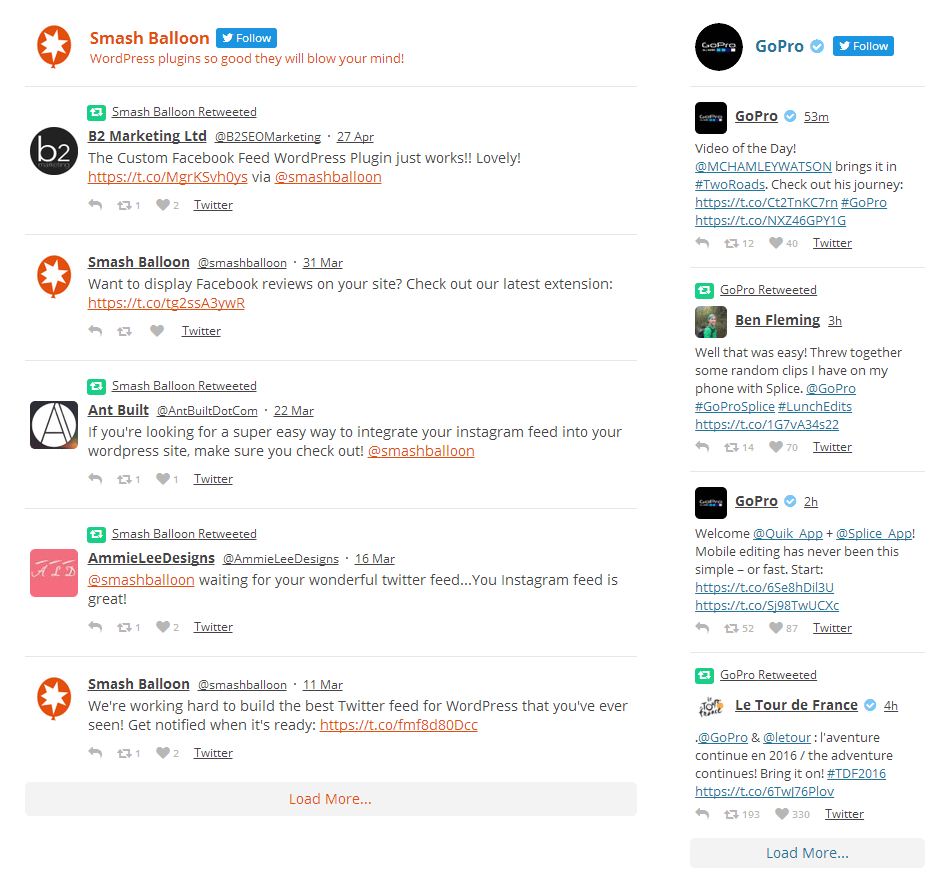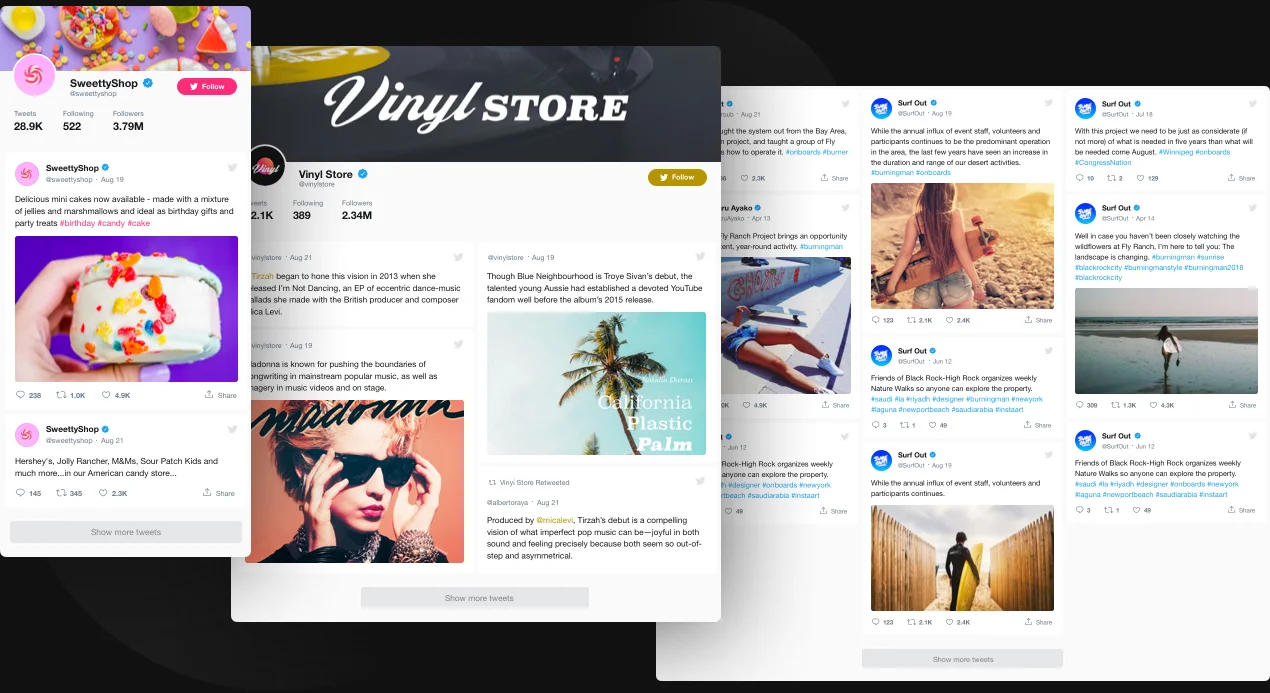

Most central to the focus of this study are the bots that Twitter users (whether individuals or organizations) may program to assist with reminders, scheduling, content creation, and information sharing for their Twitter feeds.Īutomation of a Twitter feed often blurs the line between a human user and a bot user (Chu, Gianvecchio, Wang, & Jajodia, 2010).

Instrumental bots are commonly used when a simple automated response or assistance is desired (e.g., Google Maps), whereas communicative bots are interactive and actually engage with people by mimicking human communication (e.g., Apple’s Siri). According to Zhao (2003), automated programs “differ from other types of computer programs in that they are specially designed to communicate with humans in place of humans… can be grouped into two categories: instrumental or communicative” (p. Many of these programs are malicious (e.g., “spambots” and “bimbots”) and can damage the reputation of the social network by sending spam and encouraging users to click on promotional links, whereas others simply give out weather information (Boshmaf, Muslukhov, Beznosov, & Ripeanu, 2012). These Twitterbots, or virtual software agents, are employed to produce automated posts for a variety of purposes. In recent years, automated programs that act in place of human agents are increasingly used on Twitter.

In the case of organizations, effectively maintaining and managing social networks can require considerable resources in time and human labor.Īn important aspect of Twitter’s interface is that it does not require a human agent to transmit information. As a result of its widespread adoption, Twitter has become a popular medium for the dissemination of all kinds of information and is used widely by individuals and organizations. Users may “follow” or subscribe to others’ Twitter feeds, share posts (“retweet”), and amass followings of their own. Twitter’s micro-blogging platform allows users to post and read messages (tweets) of 140 characters or less (Thomas, 2013). With over 200 million active users (Thomas, 2013), Twitter is the third largest social networking site (Barnett, 2011).


 0 kommentar(er)
0 kommentar(er)
